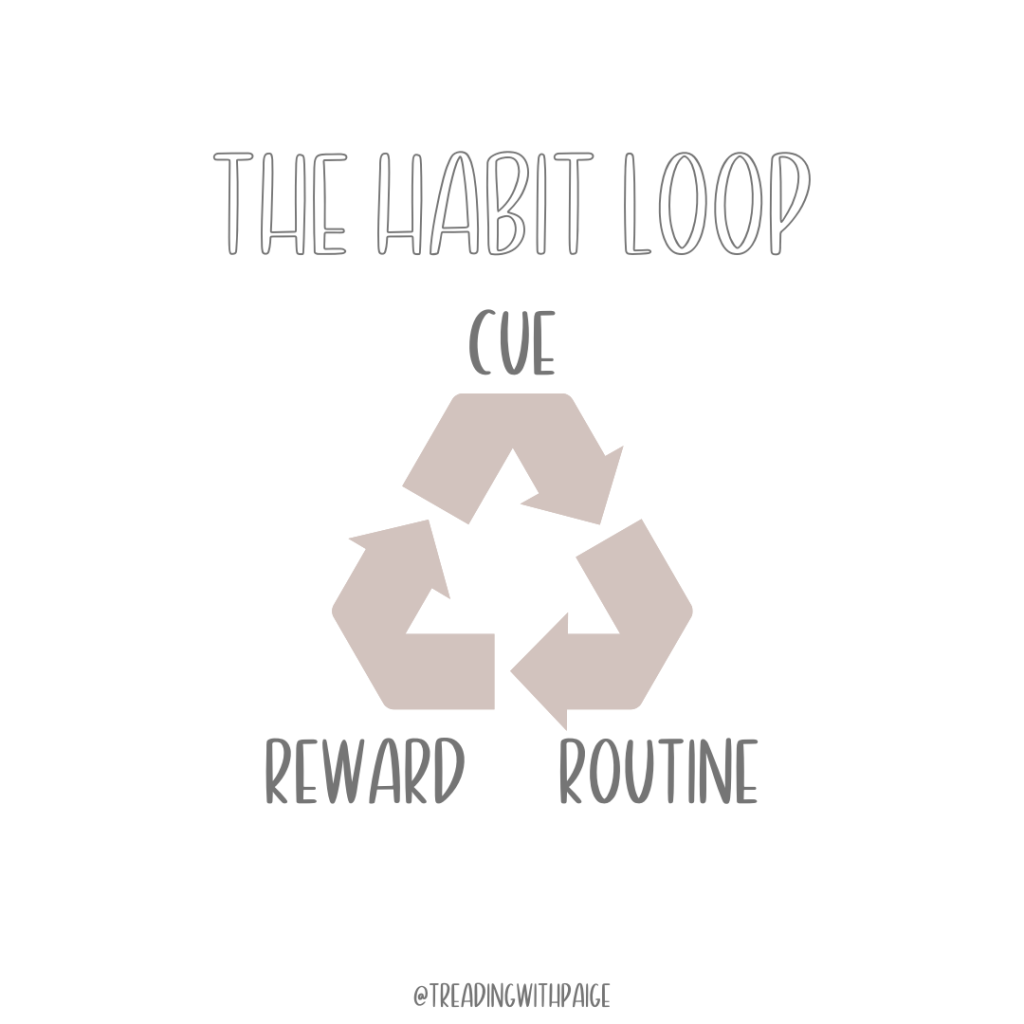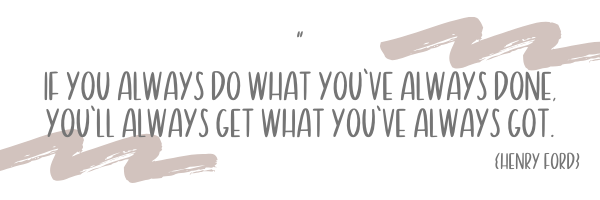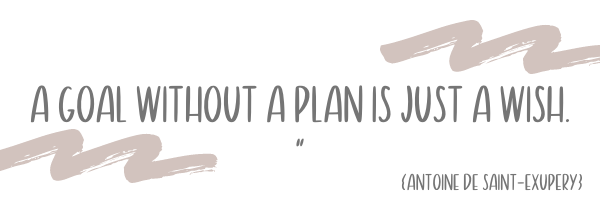The past year has given us all a lot of time to either establish new habits OR watch as previously formed habits began to disappear. It makes sense when you think about all of our routines that have involuntarily been interrupted due to quarantine and the COVID epidemic in its entirety. Regardless of the circumstances you may currently find yourself in, there is no better time to establish real and valuable change to yourself and the life that you aspire to live.
Understanding Habits
Habit; (noun) described as an acquired behavior pattern regularly followed until it has become almost involuntary. Good, bad, or ugly, habits begin shaping our day from the second we wake until the moment we go to sleep at night. Habits build the framework on a day-to-day basis of who we are and what we aspire to become. Establishing good habits can propel you towards your goals whereas bad habits can hinder your success in accomplishing them.
1. Shifting from Life-Changing to Life-Style
More often than not, we set our sights too high, focusing solely on the big picture and failing to identify the small, behavioral changes required to even make those dreams a reality. For example, a goal to lose 50 pounds or write a book, both extraordinary in themselves, are going to require a lot more than wishful thinking. I’d encourage you to first break down your big hairy audacious goals (BHAG) into small, sustainable steps that will set the framework to achieving the bigger ones down the line.
Think life-style vs. life-changing. For example, losing 50 pounds = life-changing. Whereas drinking 8oz of water everyday is a small, yet effective life-style change that will set you up for success in accomplishing those bigger goals. Through daily habits and small integrations, day by day, the little things can turn into big ones. Hone in on dreaming big but starting small in order to cultivate lasting and impactful changes within your life.
2. The Habit Loop

All habits—no matter how large or small—have three components, according to neurological studies; a cue, the routine and a reward, a.k.a. the habit loop. To fully understand your own habits, you must first identify the components of your own loops. Once determined, you can begin the work to transform old behaviors and establish new, better routines.

1. Identify the Routine
Though technically “second” on the habit loop, identifying the routine or habit that you want to change and/or create is critical to identify first. I’d encourage you to take the time to reflect on your BIG goals in order to best determine the routines needed to get there. Remember, life-changing vs. life-style.
2. Identity a Cue
Cue; (verb) anything said or done that is followed by a specific line or action. Essentially, a cue is the signal sent to your brain that is associated with a habit. Often times, cues are hard to identify because there is so much unconscious information that motivates our habit. To get a better understanding of your own triggers, James Clear, author of Atomic Habits, discusses the five categories in which habitual cues fit into.
- Time: What time of day is it?
- Location: Where are you when you are triggered?
- Emotional State: What is your mood?
- Other People: Who is around you when you act on these habits?
- Immediately Proceeding Action: What do you do right before the habit starts?
Once we understand the cues that trigger our behaviors, we can then use that information to modify our current routines.
3. A Reward
The fun part, a.k.a. the benefit you gain from the behavior you establish. Rewards can look different for each individual and similar habits may impact people differently than others. It’s essential that the reward you instill is something that is worth the habit you are trying to eliminate or create. This will be your driving force until the habit has become second nature.
3. Make a Plan

The “if/then” statement, created by psychologist Peter Gollwitzer, is an incredible tool and can be used as a building block to fall back to on the days in which your self-motivation just isn’t enough.
“IF [Trigger], THEN [Do Habit Behavior]”. For example, “If I get bored and mindlessly reach for a snack, then I will drink a glass of water instead.” Or, “if I begin filling up my Amazon cart, then I will go for a walk instead.”
4. Stacking Habits
A method, created by BJ Fogg as part of his Tiny Habits program is, in my opinion the best way to create sustainable and effective habit change. The method is built around the concept of utilizing our brain’s established habits (ie: going to the bathroom, brushing our teeth and eating dinner) to begin integrating new ones. For example, over the summer, in attempt to drink more water, every time we took the dogs for a walk (an already established routine), I would take and drink a bottle of water.
Below is a list of likely already-established habits that you perform every single day.
Habits to Stack On To:
- Morning: Wake up, brush teeth, take a shower, eat breakfast let the dogs out, feed the dogs, make a cup of coffee, get dressed, go to work
- Midday: Eat lunch, use the restroom, check your emails, leave the office, arrive home, commute home
- Evening: Eat dinner, walk the dogs, set your alarm clock, shower, change into pjs, go to bed
I hope you were able to take-away a little bit of knowledge and a fraction of inspiration to go out there and make your dreams come true, one habit at a time!

